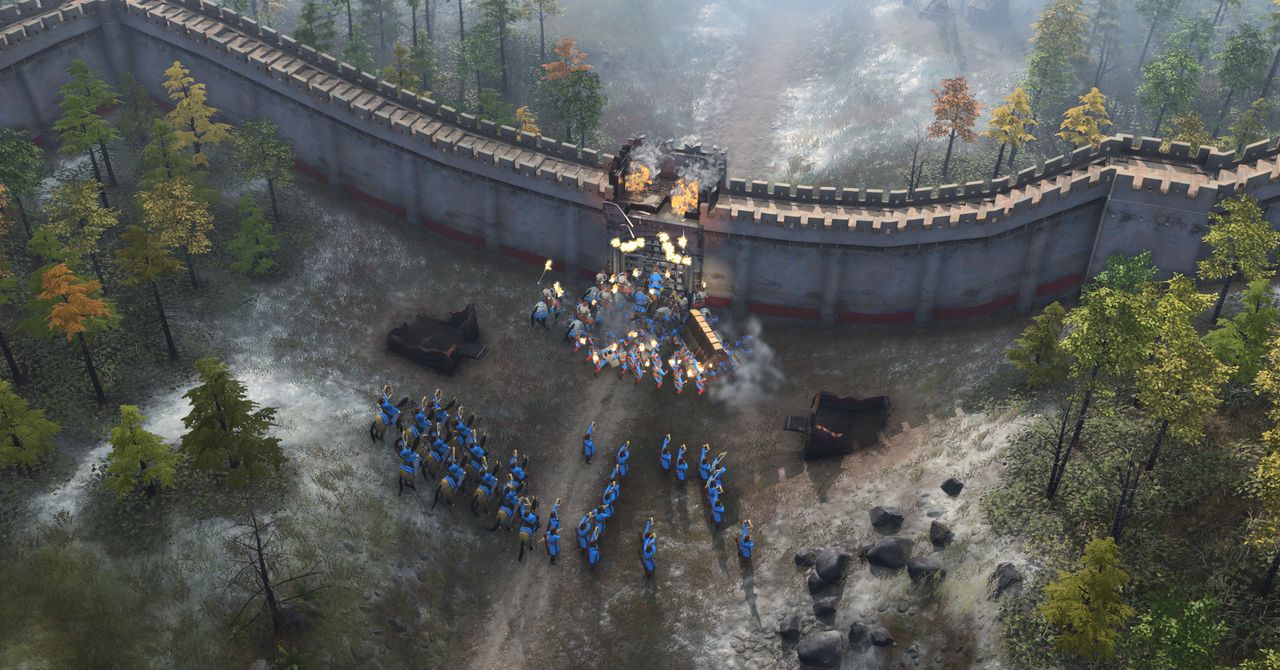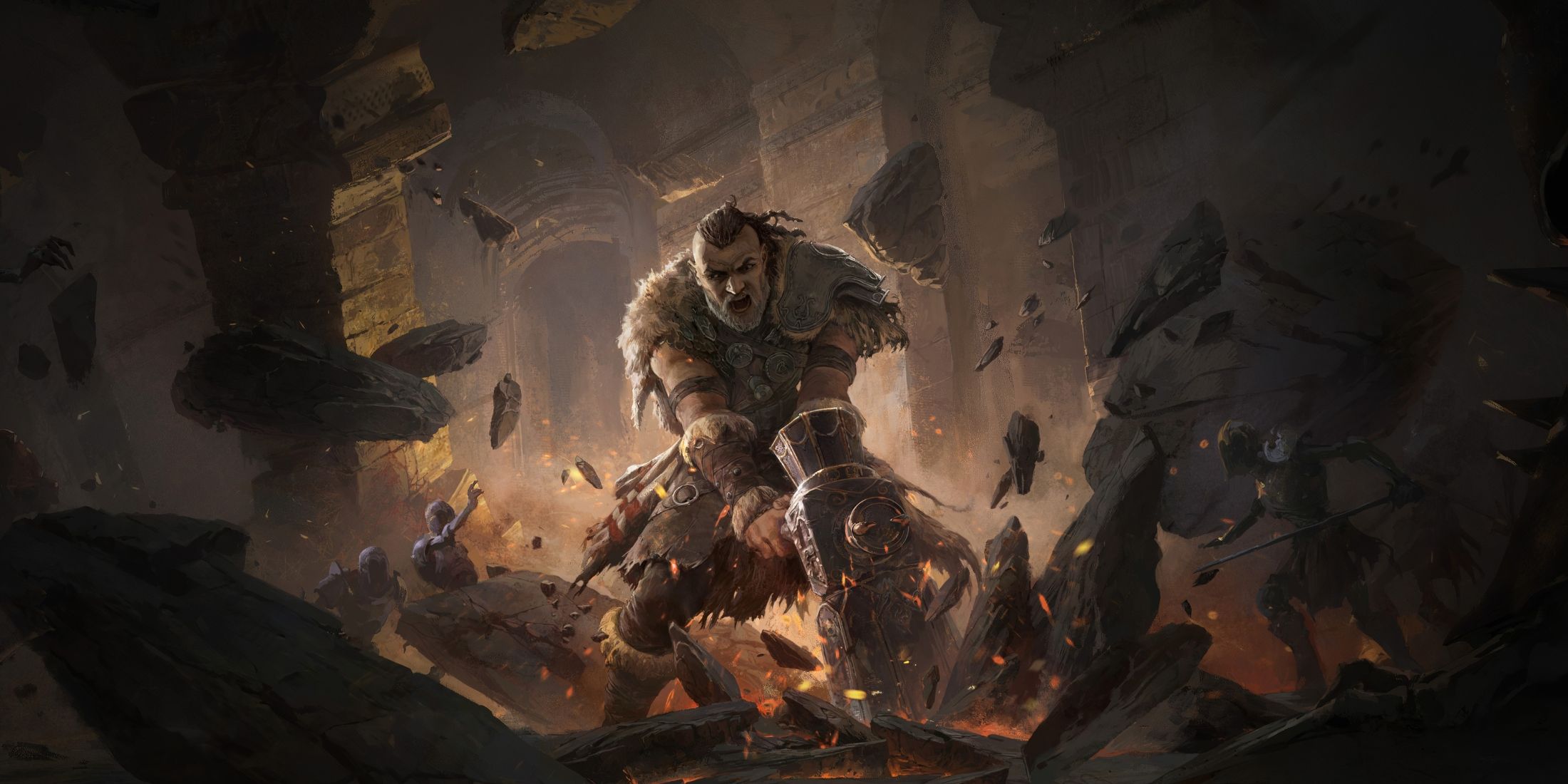
Real-time strategy is having a moment.
Age of Empires II: Definitive Edition regularly cracks 20,000 simultaneous players on Steam, putting it in league with legendary RPGs like The Elder Scrolls V: Skyrim and The Witcher 3: Wild Hunt. 2020’s unexpected remaster of the original Command & Conquer saw more than 42,000 concurrent players on Steam at launch. And gaming’s largest companies, including Microsoft and Tencent, are bankrolling studios behind new RTS entries like Age of Empires IV, which is set for release on October 28.
This resurgence is good news for fans of real-time strategy games, but the genre must adapt to tastes of modern gamers. Fortunately, the developers behind tomorrow’s blockbuster real-time strategy games are mindful of the genre’s past mistakes.
The Golden EraThe seed of the real-time strategy genre was planted when Chris Crawford published a treatise on the future of real-time gaming, titled “The Future of Computer Wargaming,” in the debut winter 1981 issue of Computer Gaming World. He argued that “real-time play is both more realistic and more challenging than turn sequence play. This may sound obvious today, but in the early 1980s, it was a direct challenge to a status quo that saw computer strategy games as replicas of physical, turn-based miniature wargaming.
Crawford put his ideas into action with 1982’s Legionnaire, an early real-time strategy game that pit squads of Roman troops against AI-controlled barbarians. Legionnaire was innovative, but also a bit ahead of its time. The game proved real-time play was technically possible, but it was a challenge, as contemporary computers could only handle small, static maps, with a couple dozen visible units at most.













